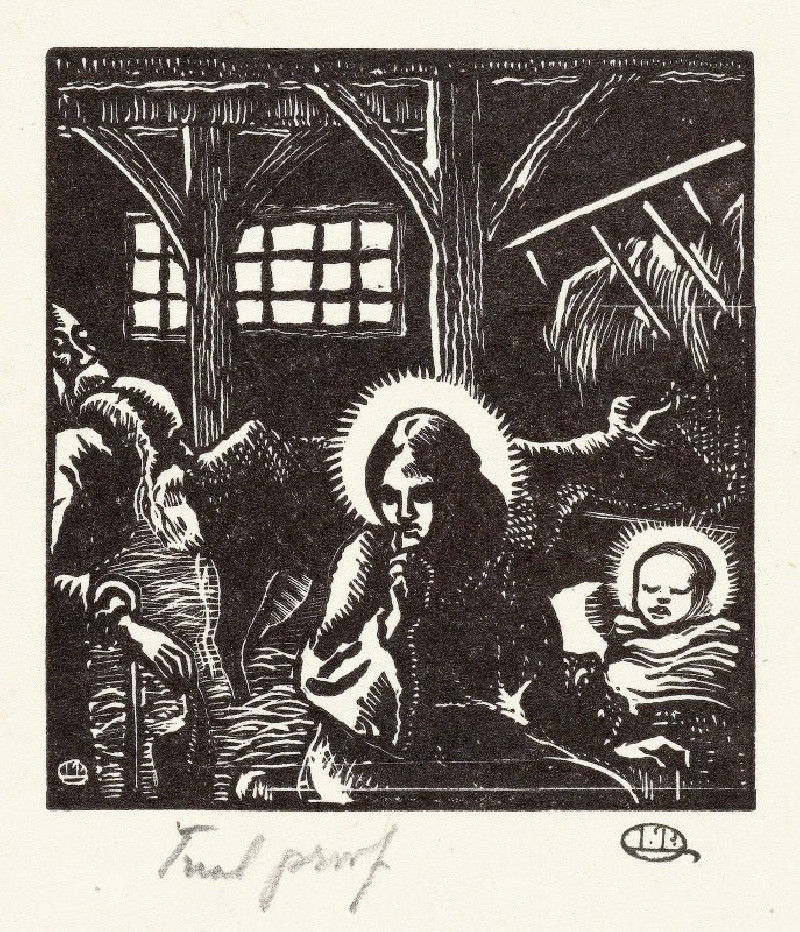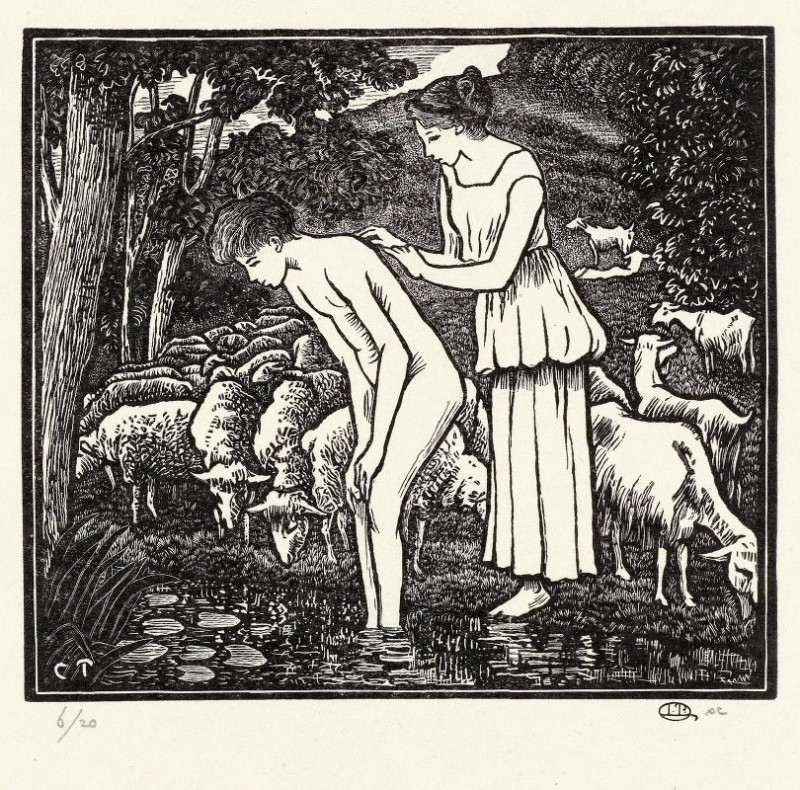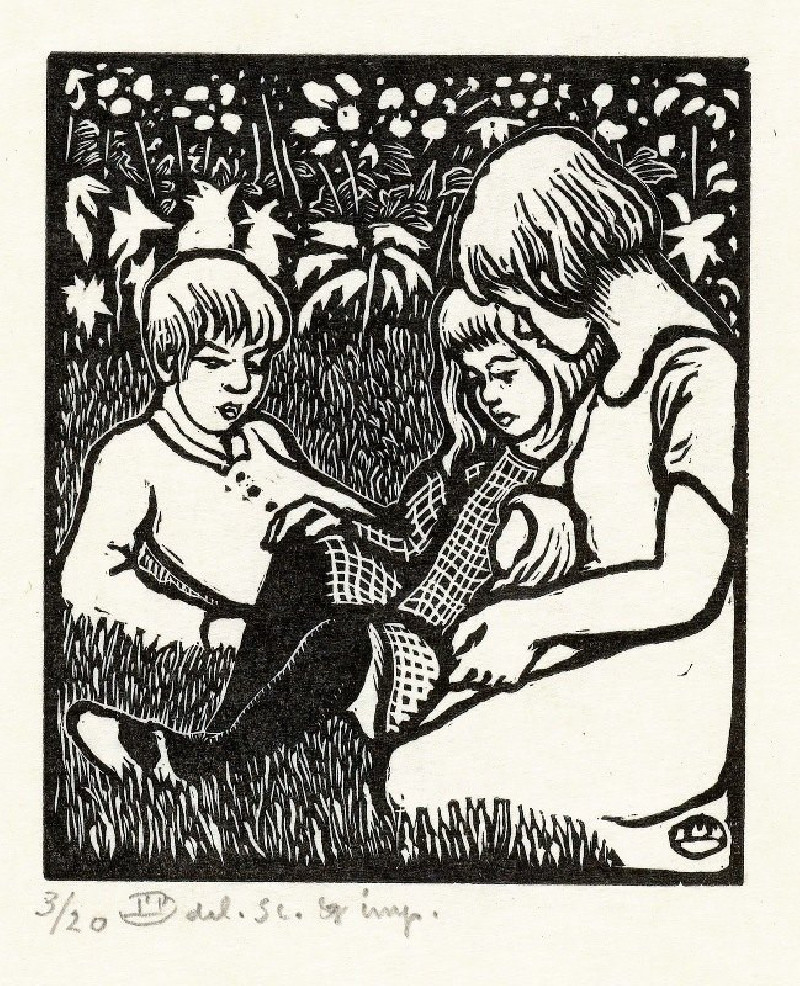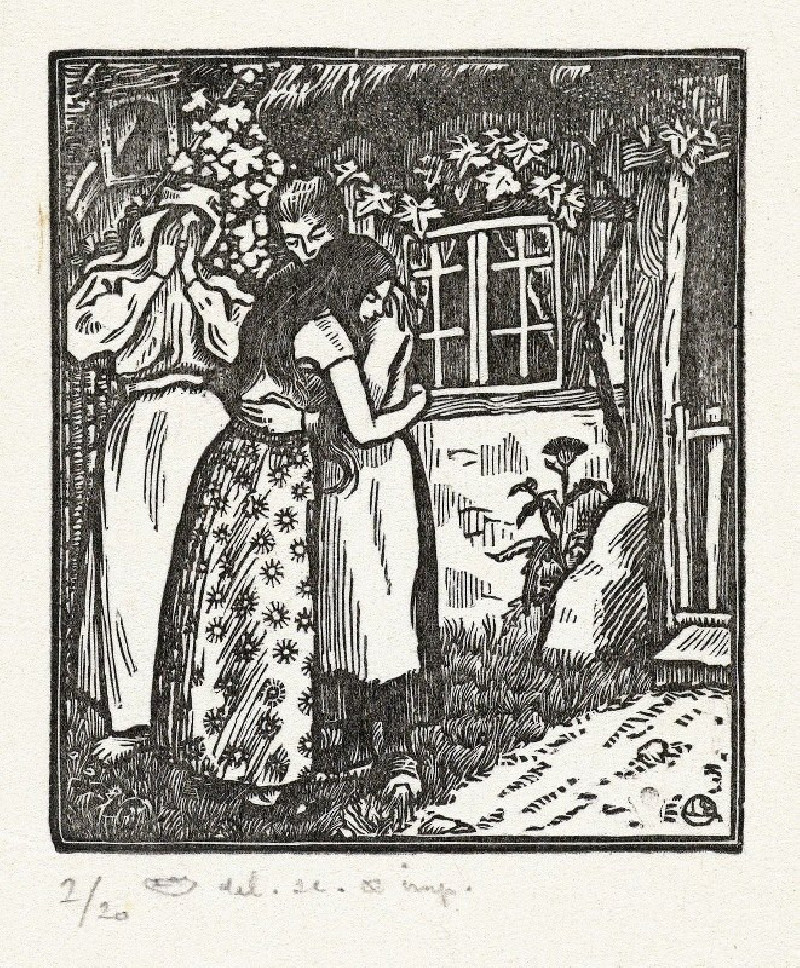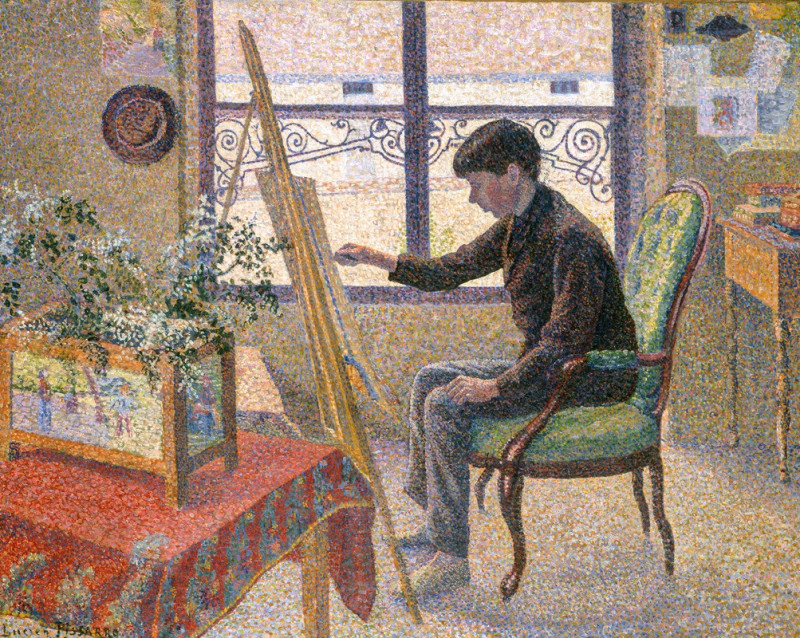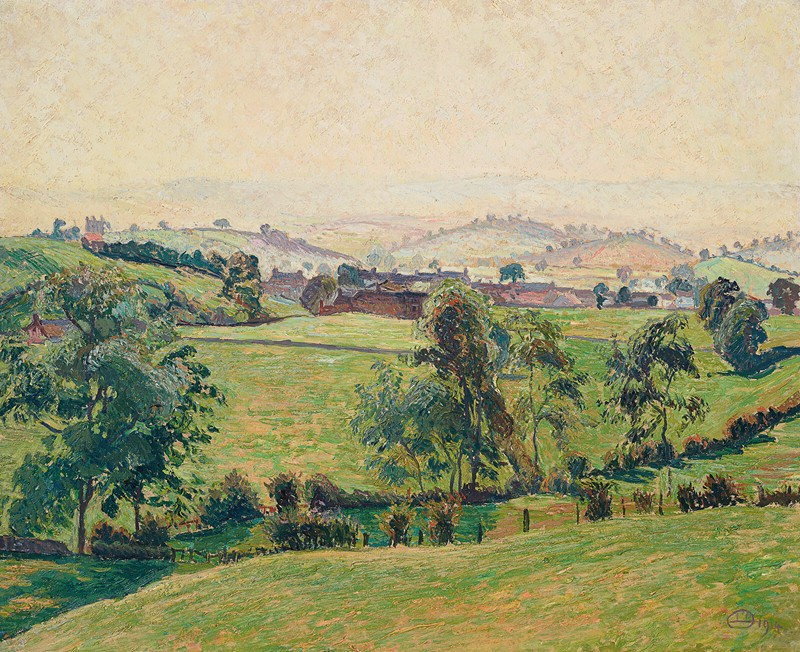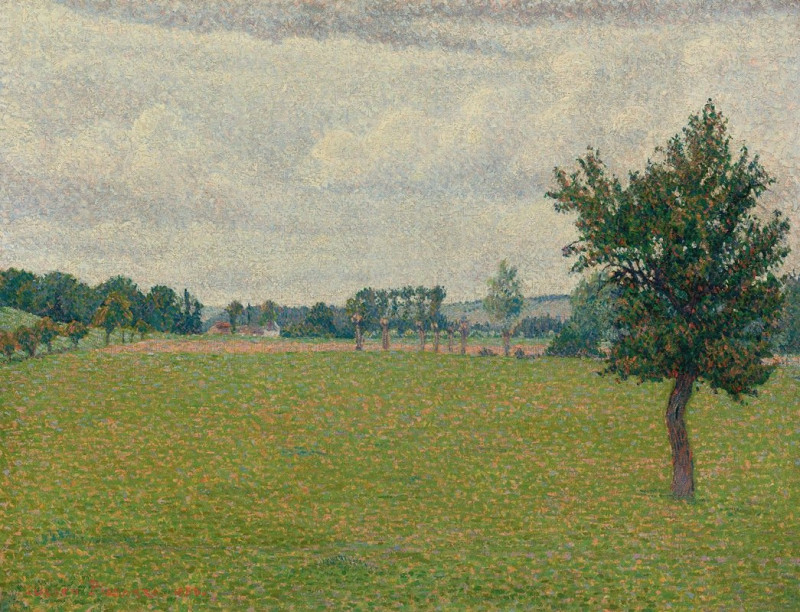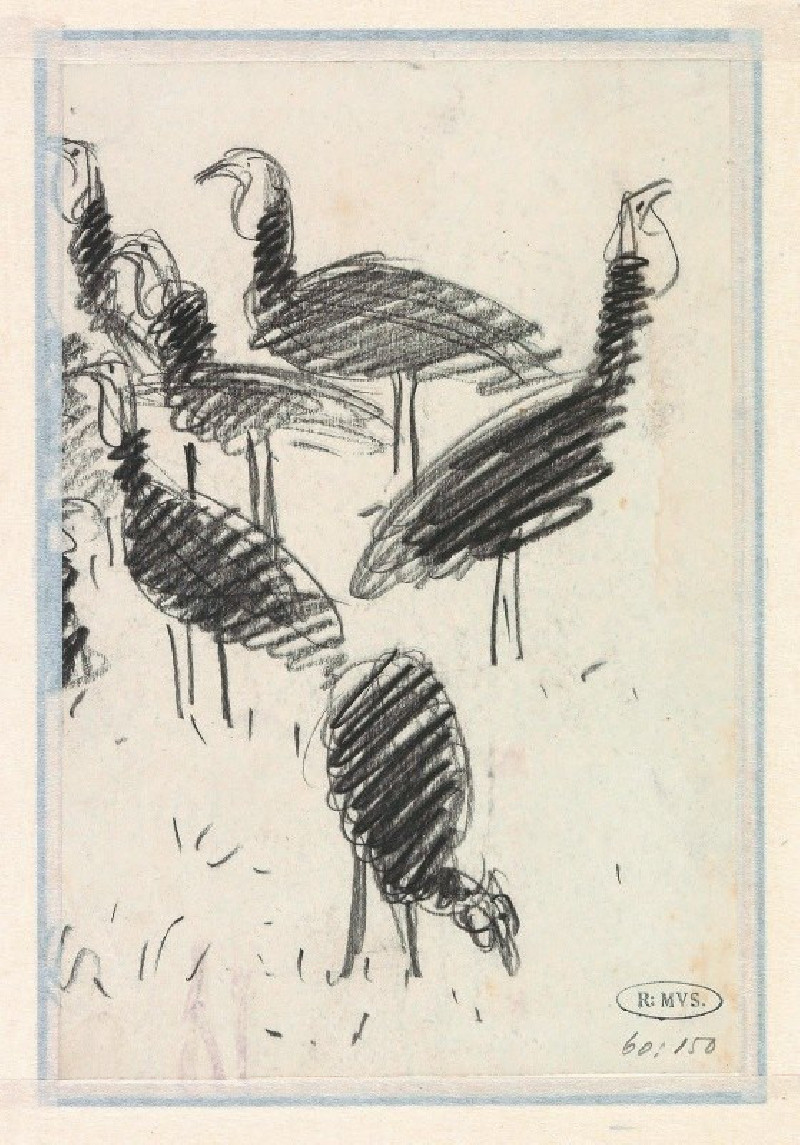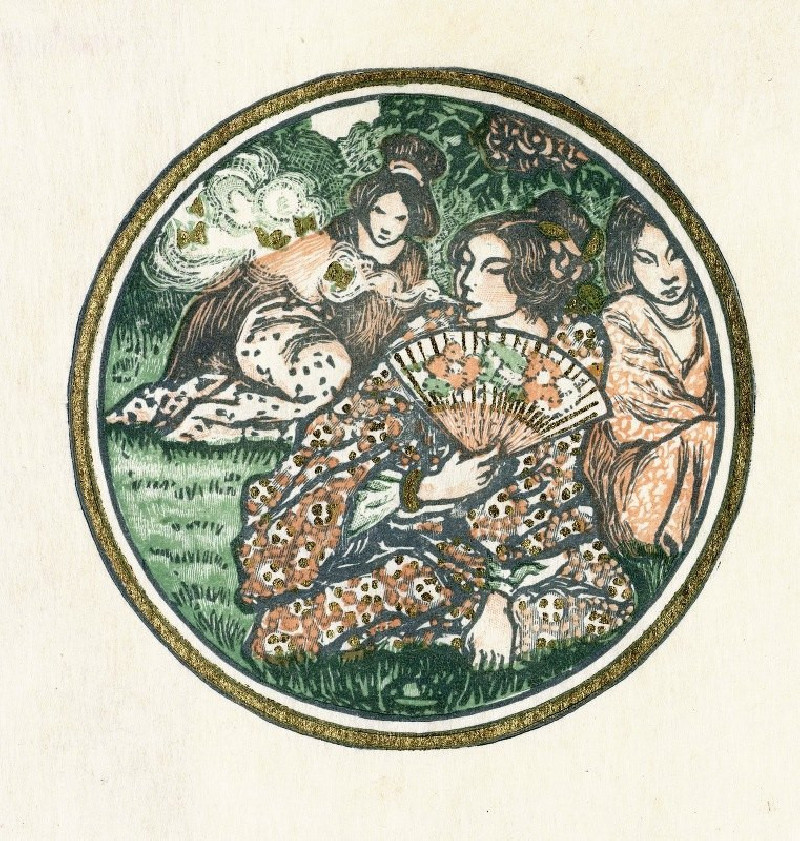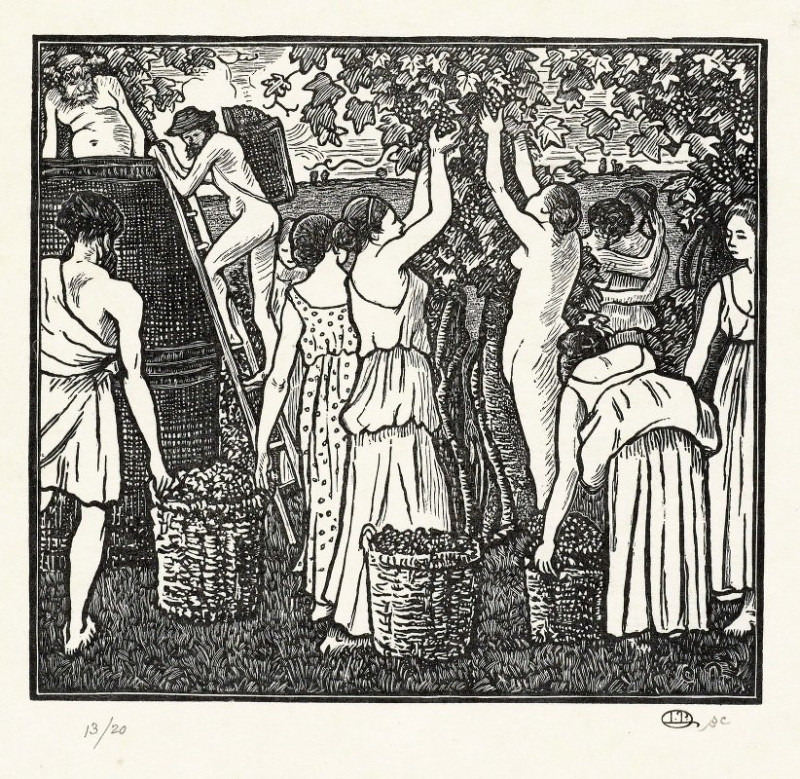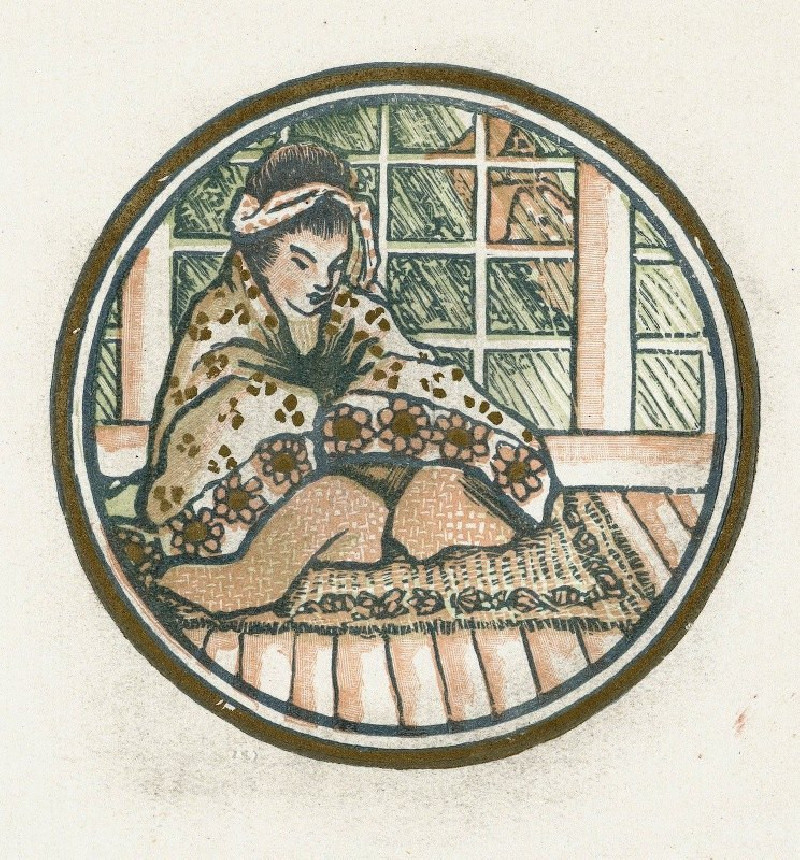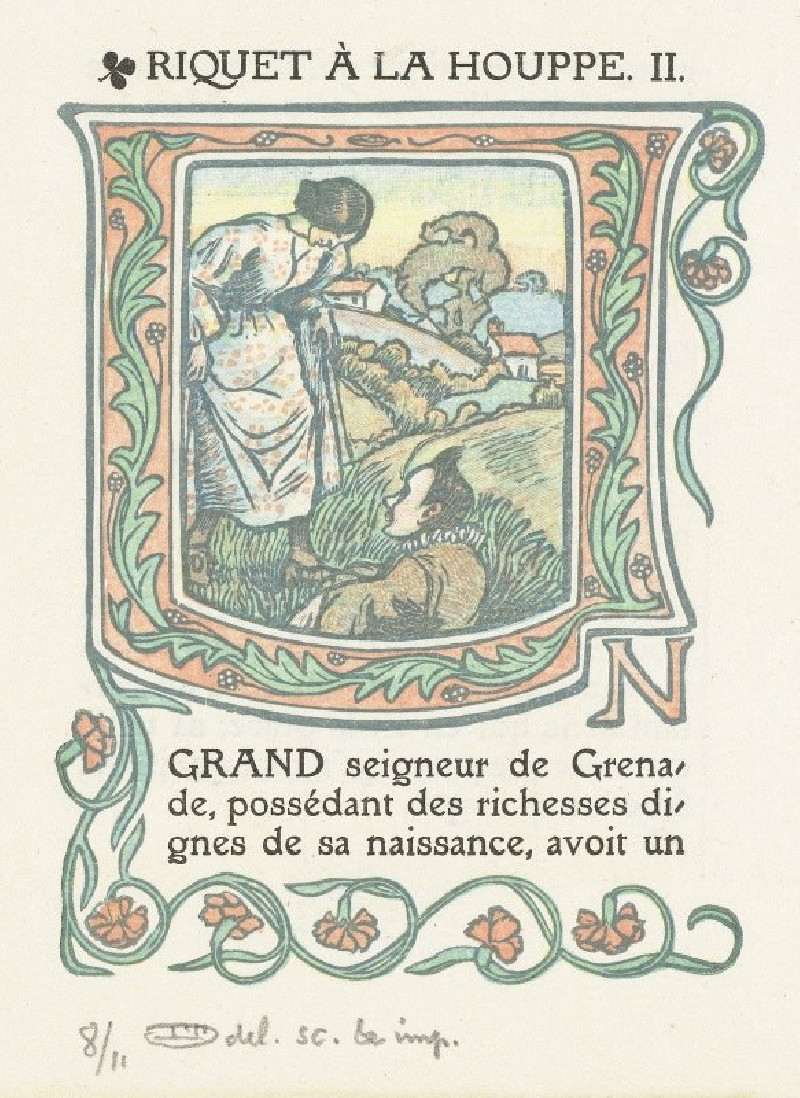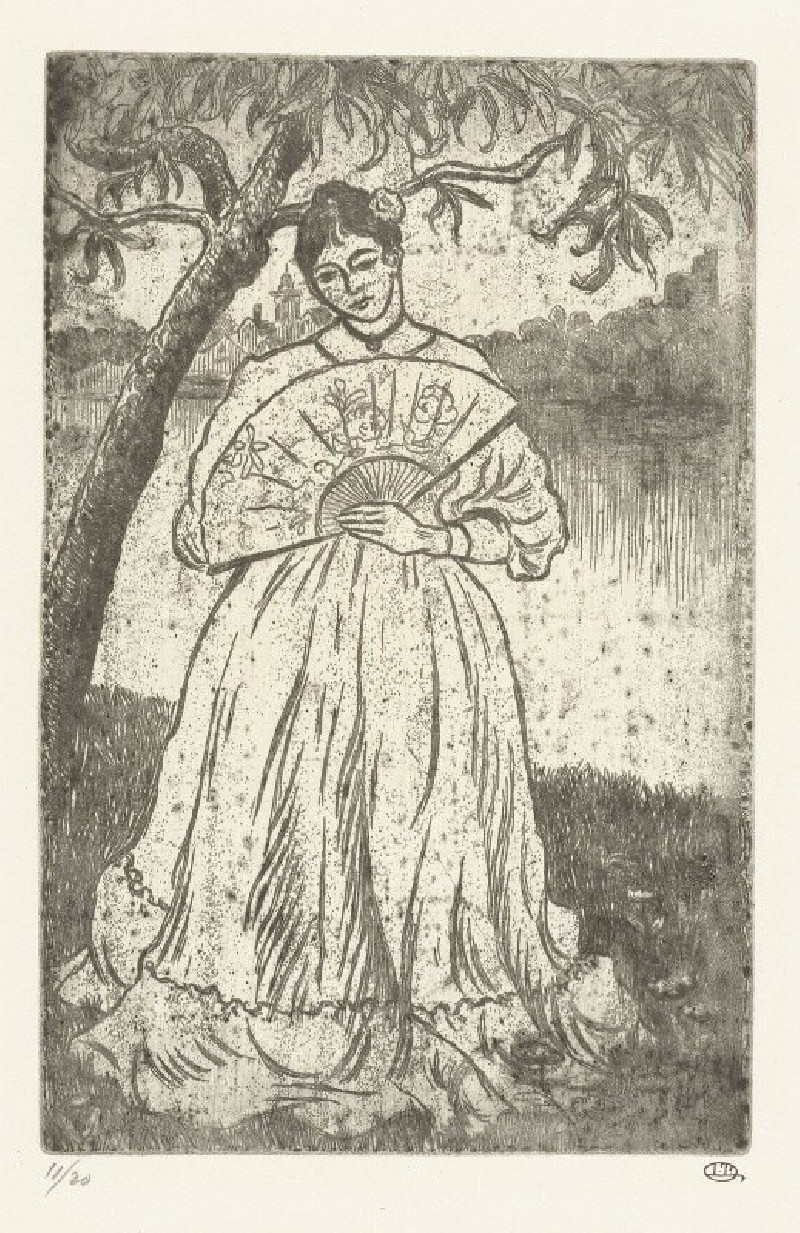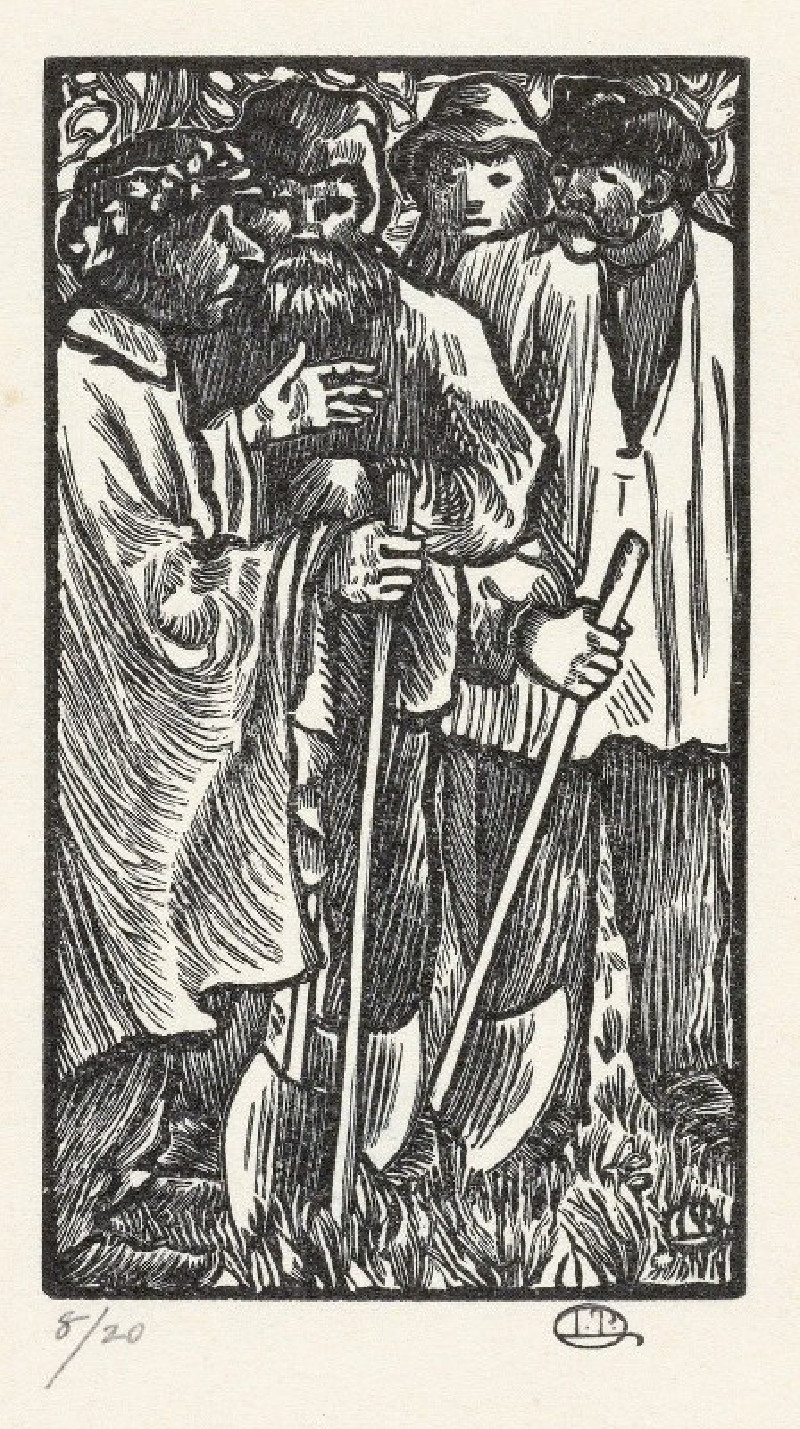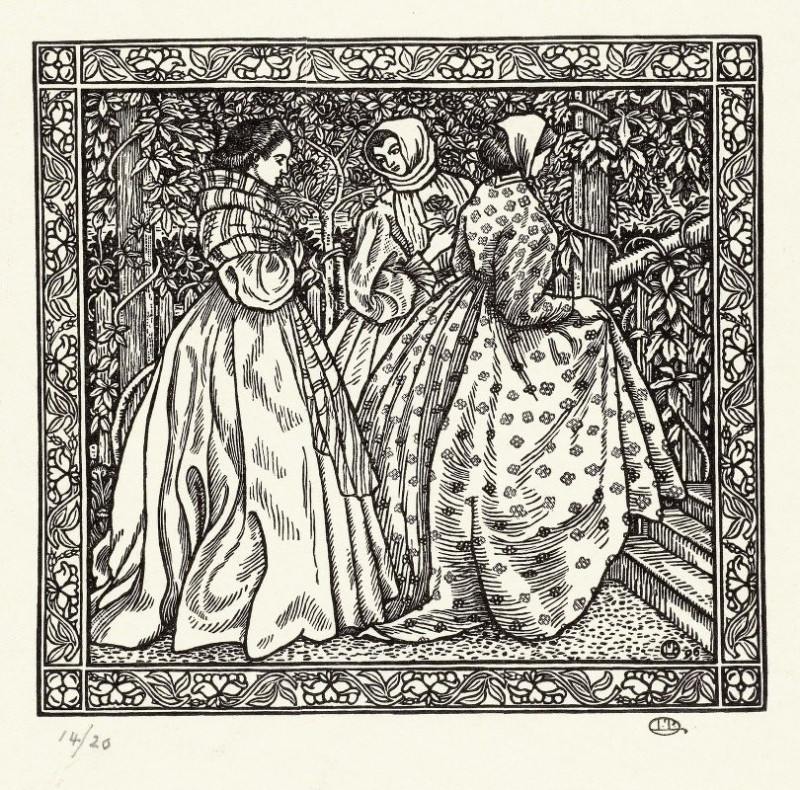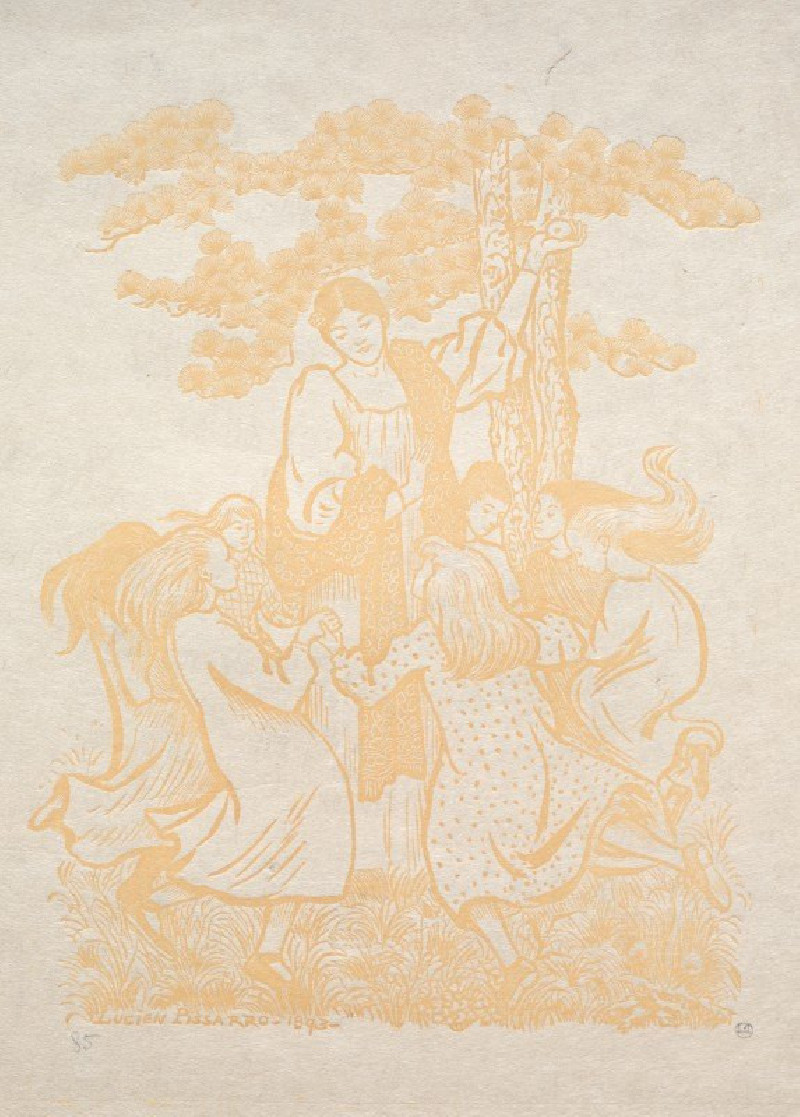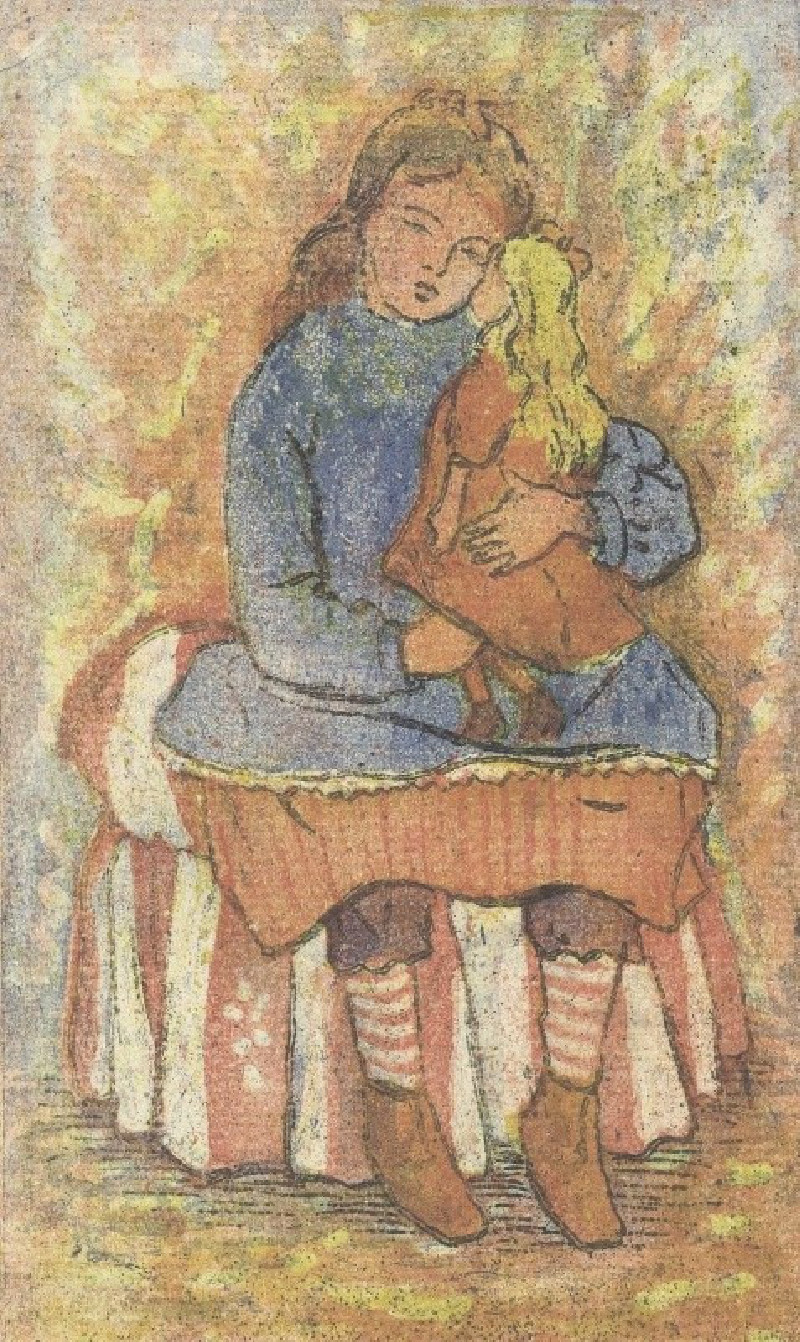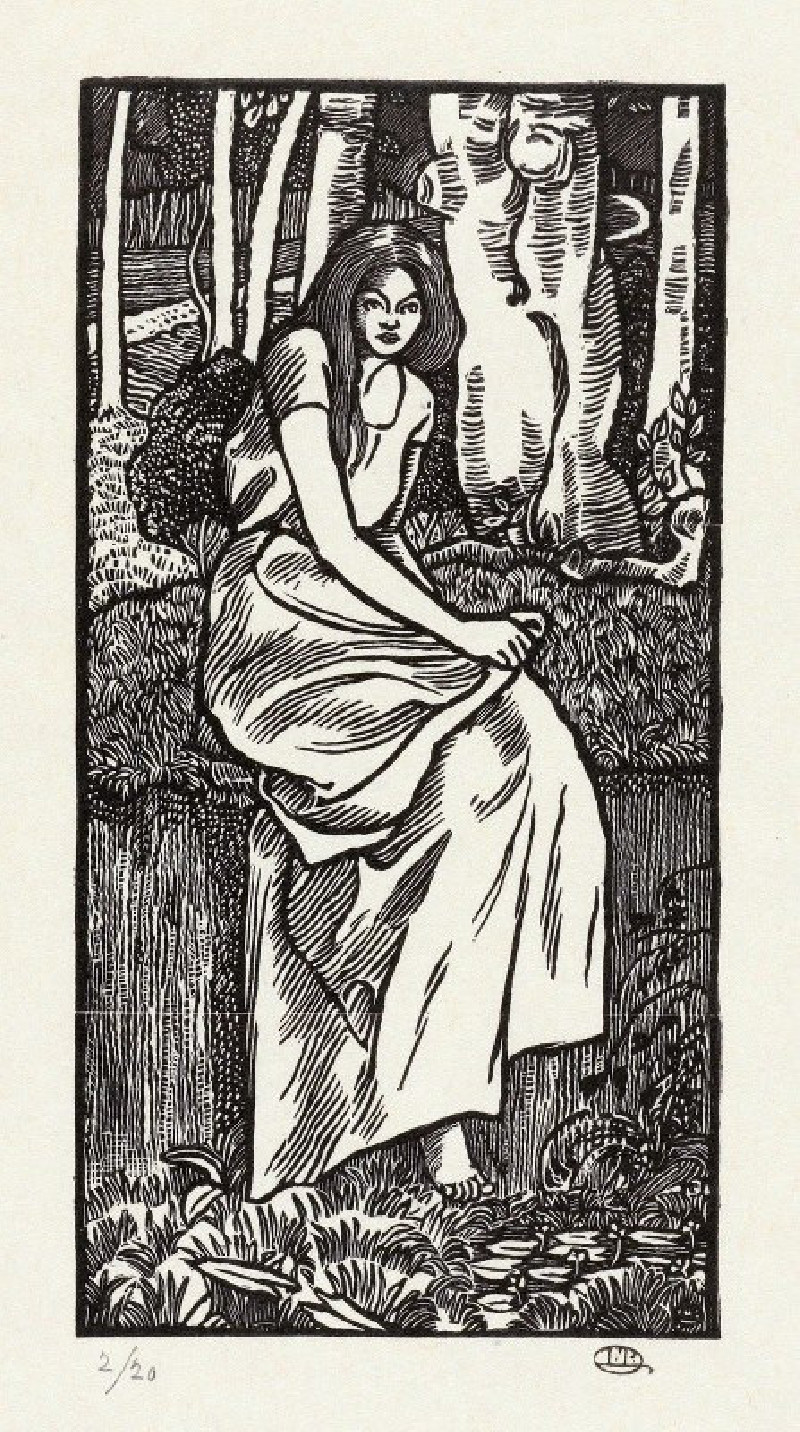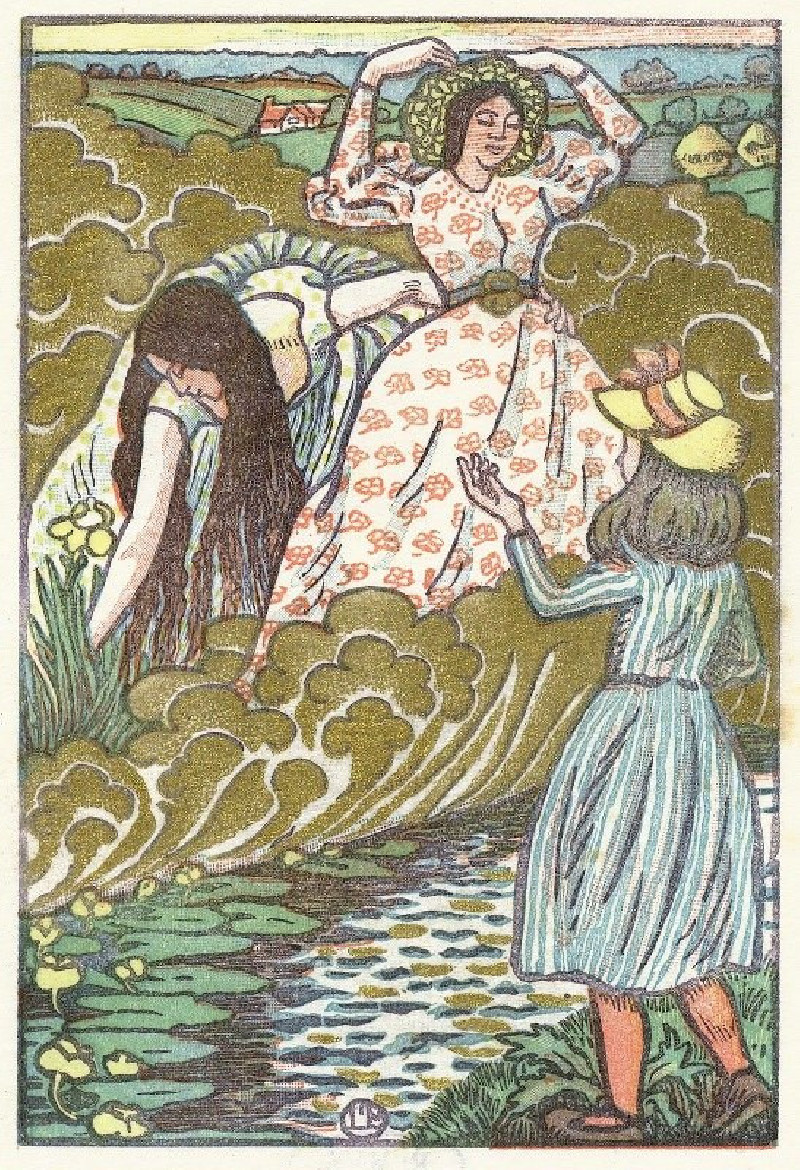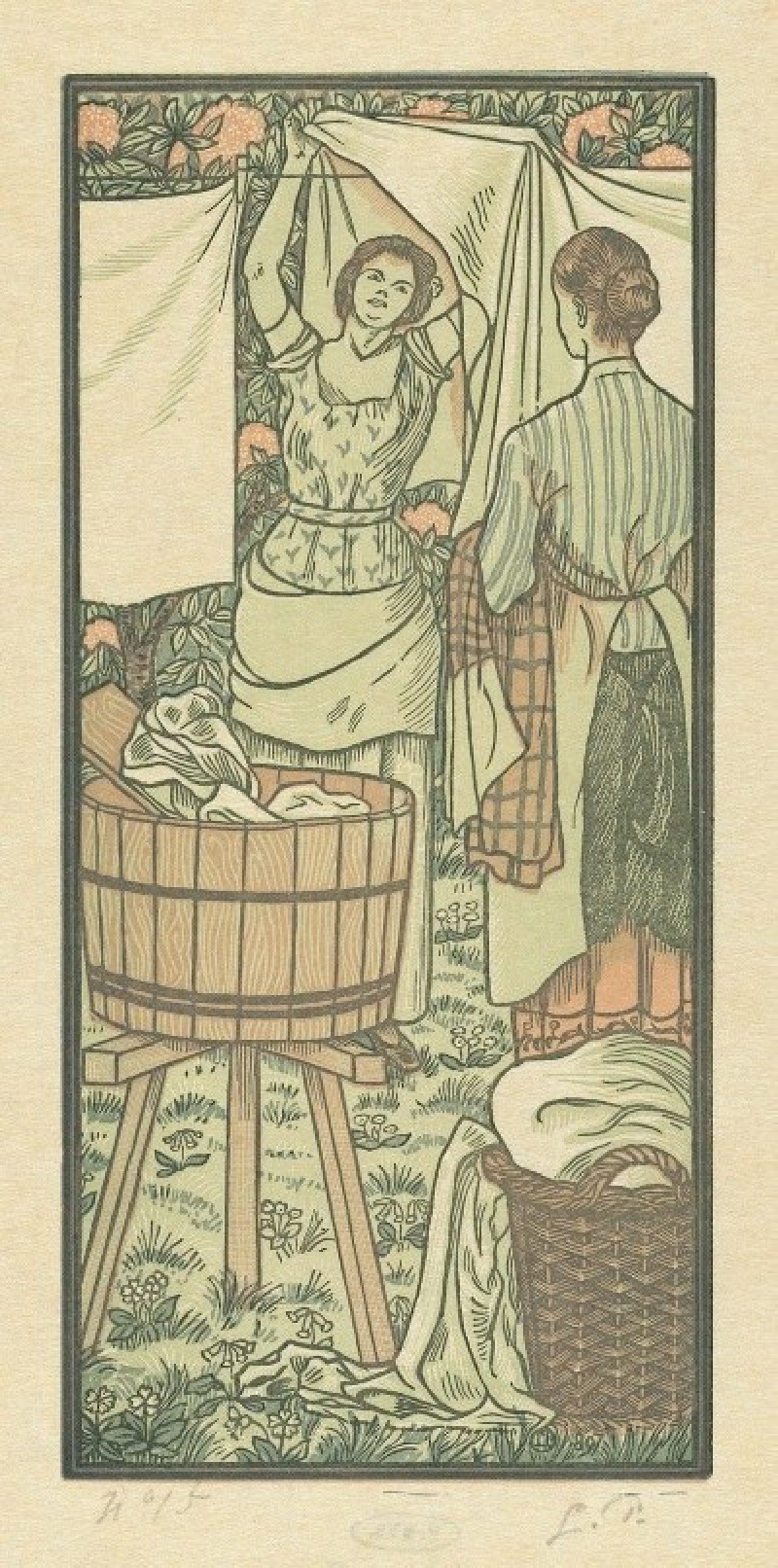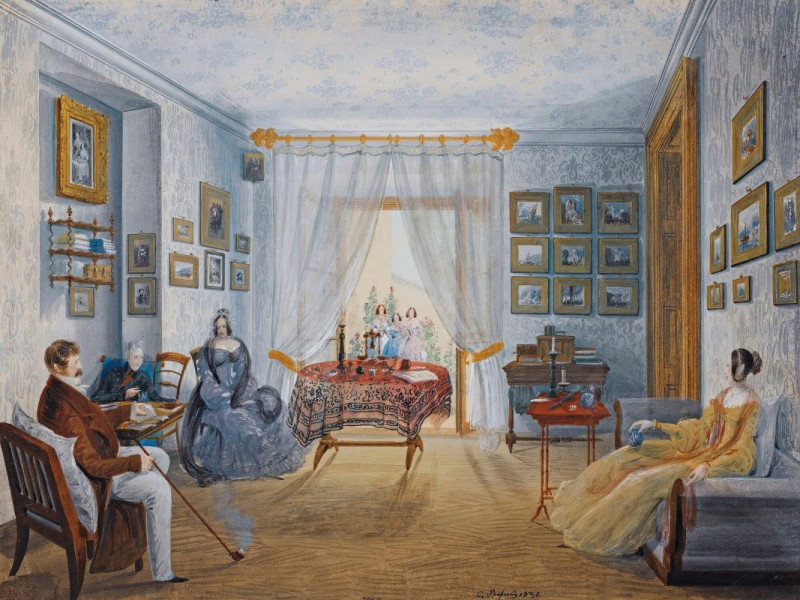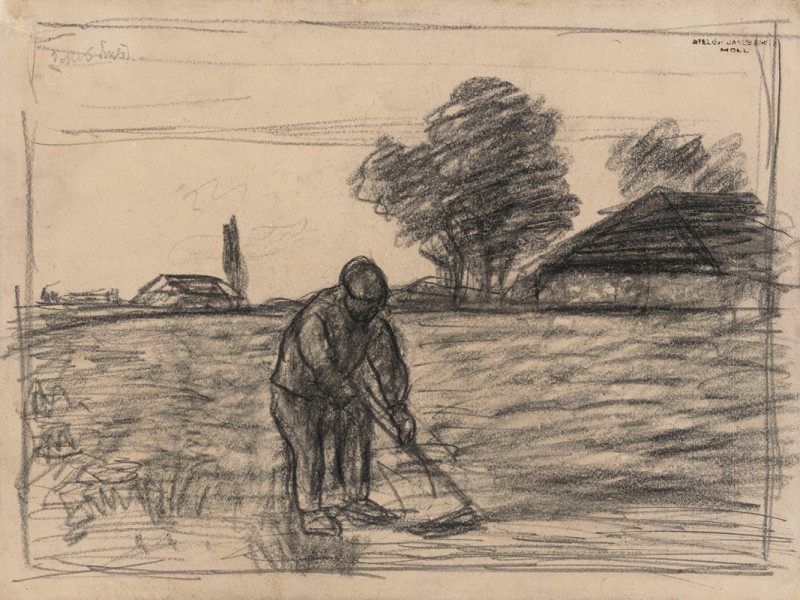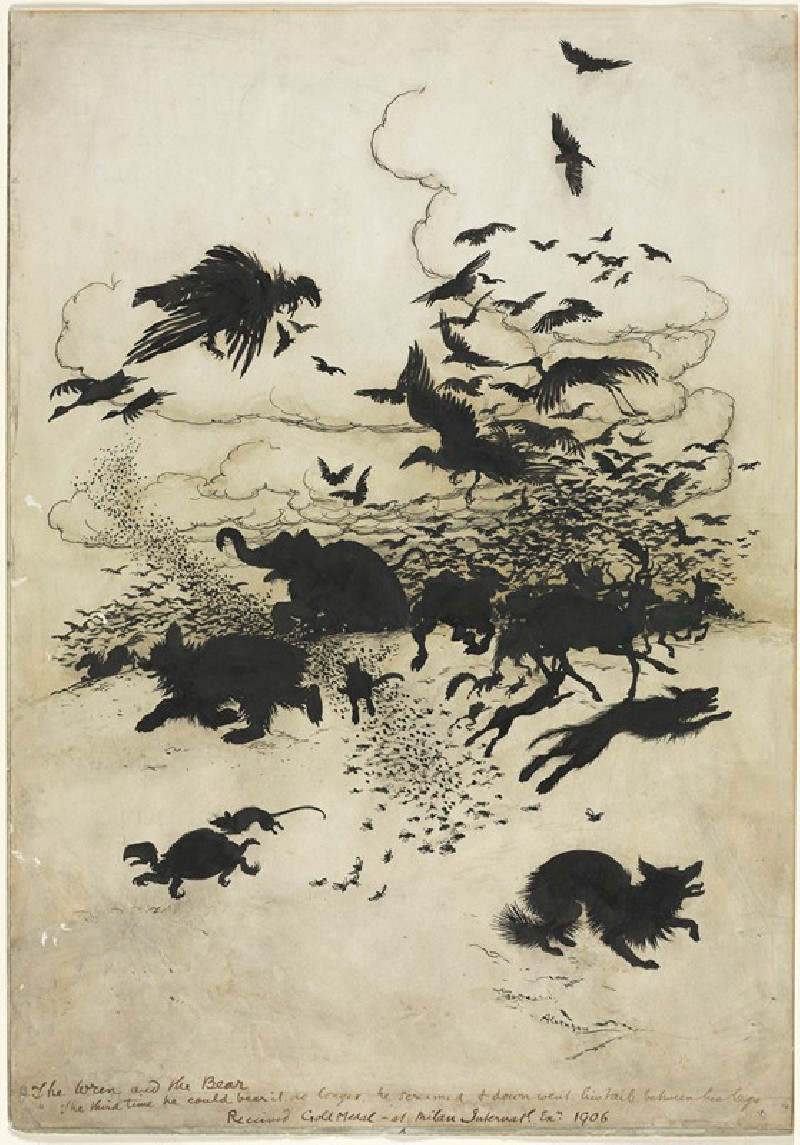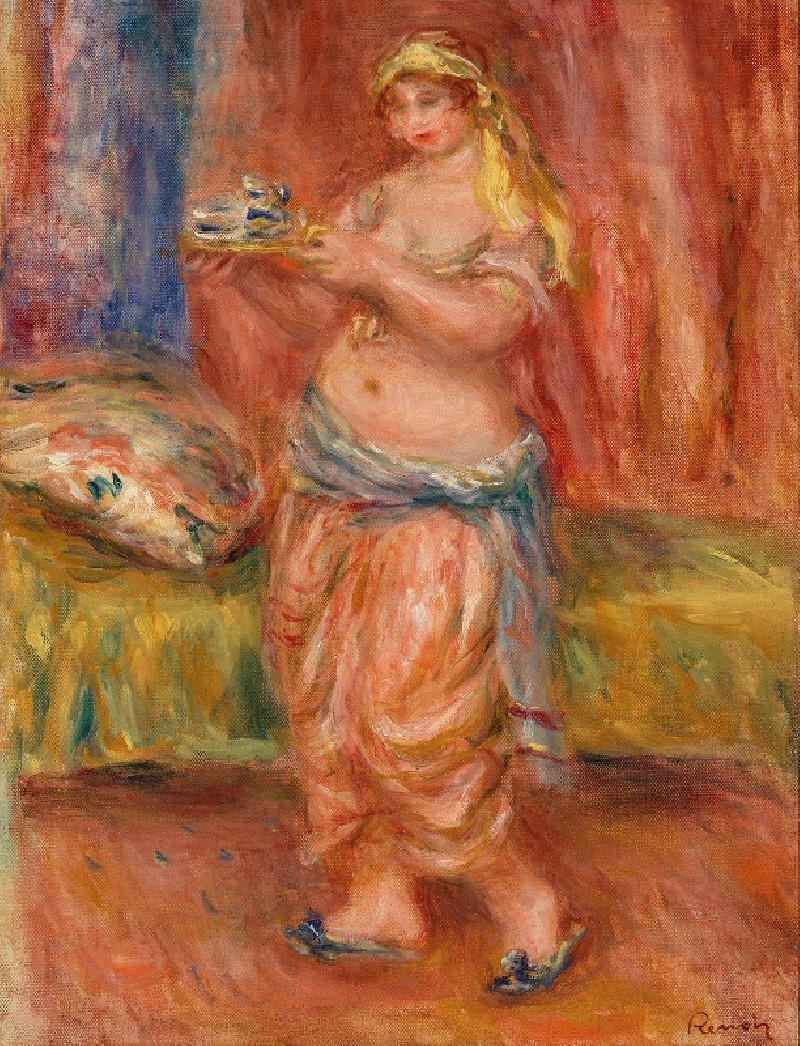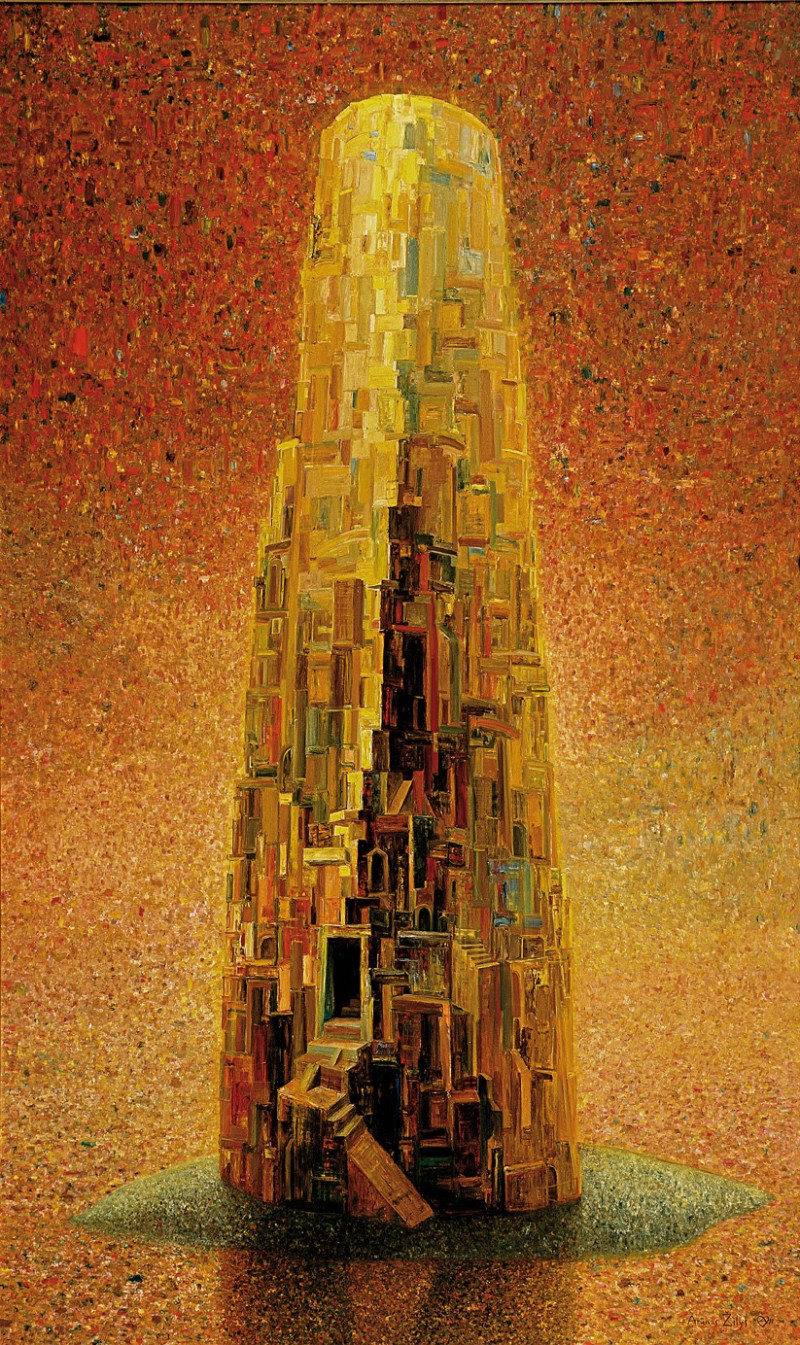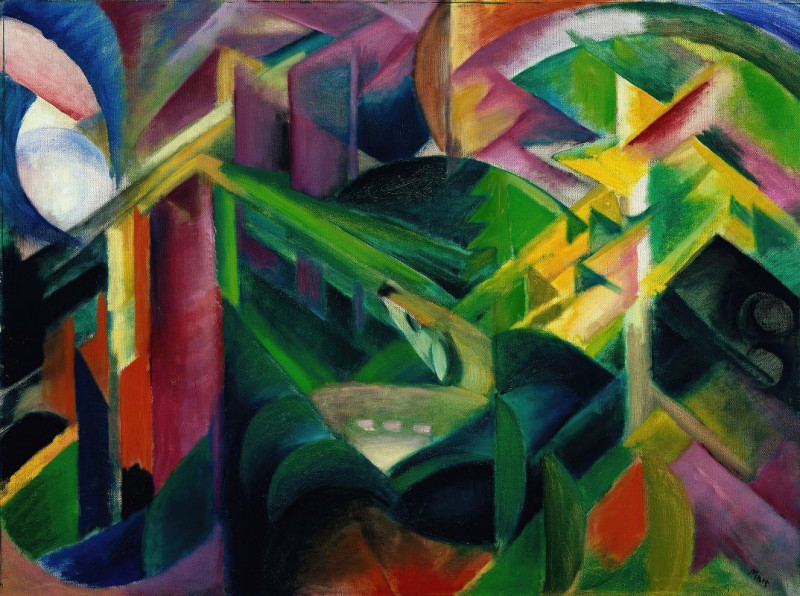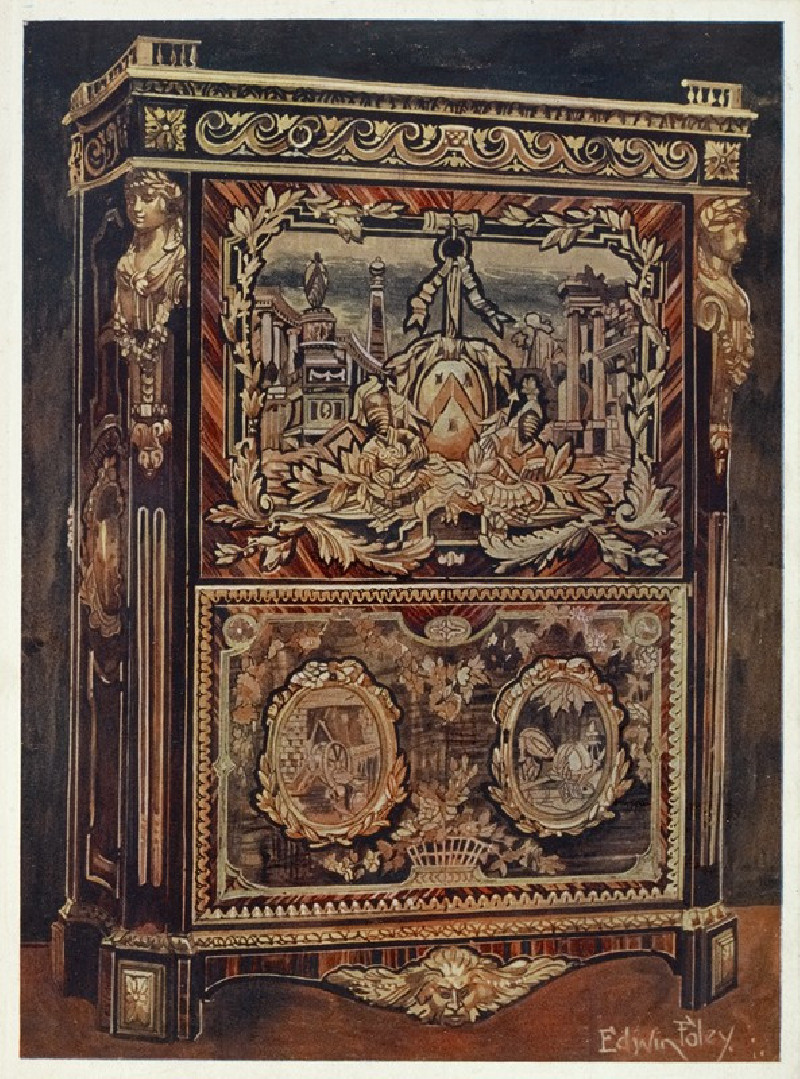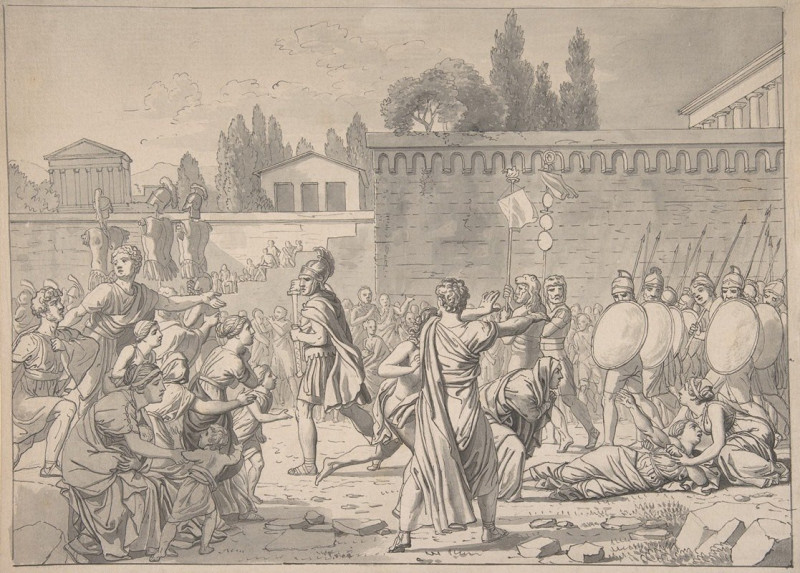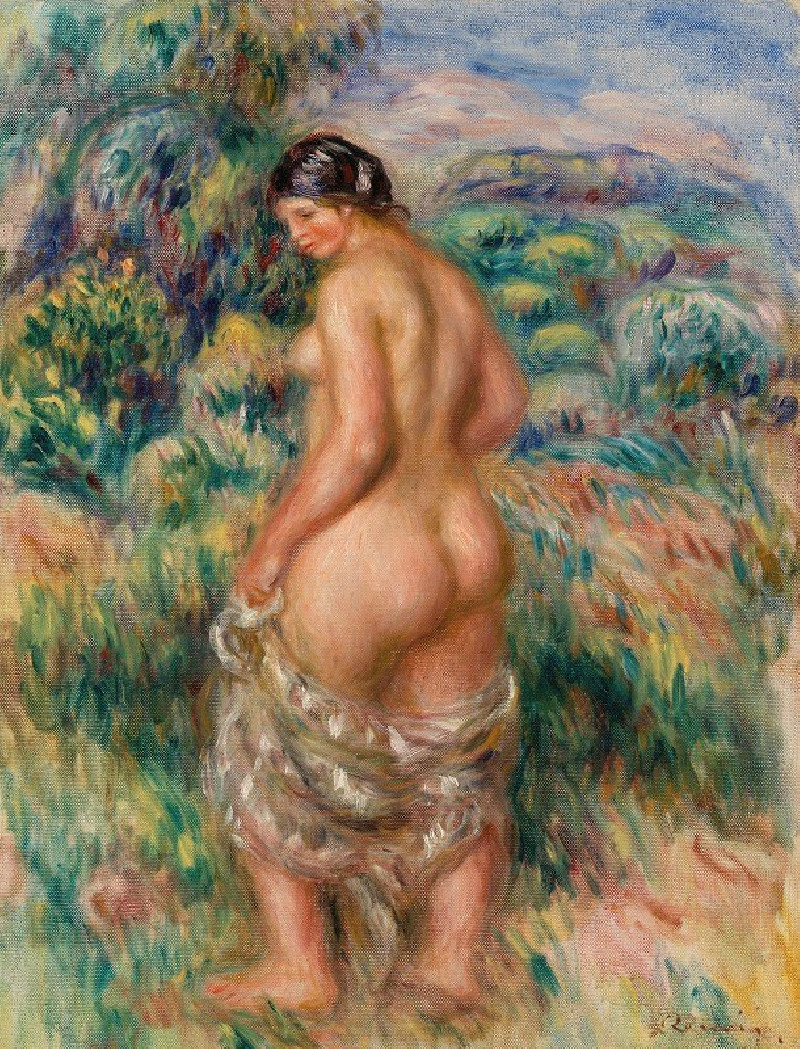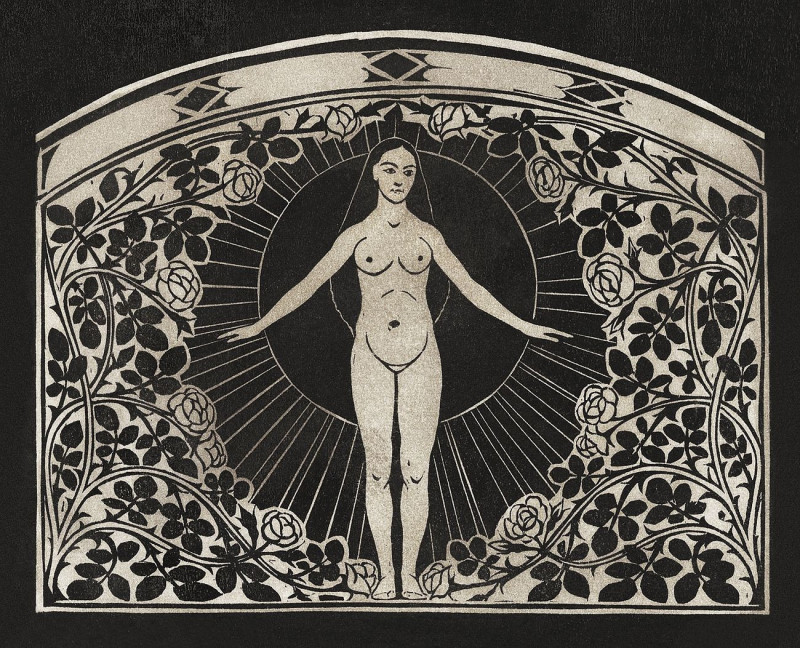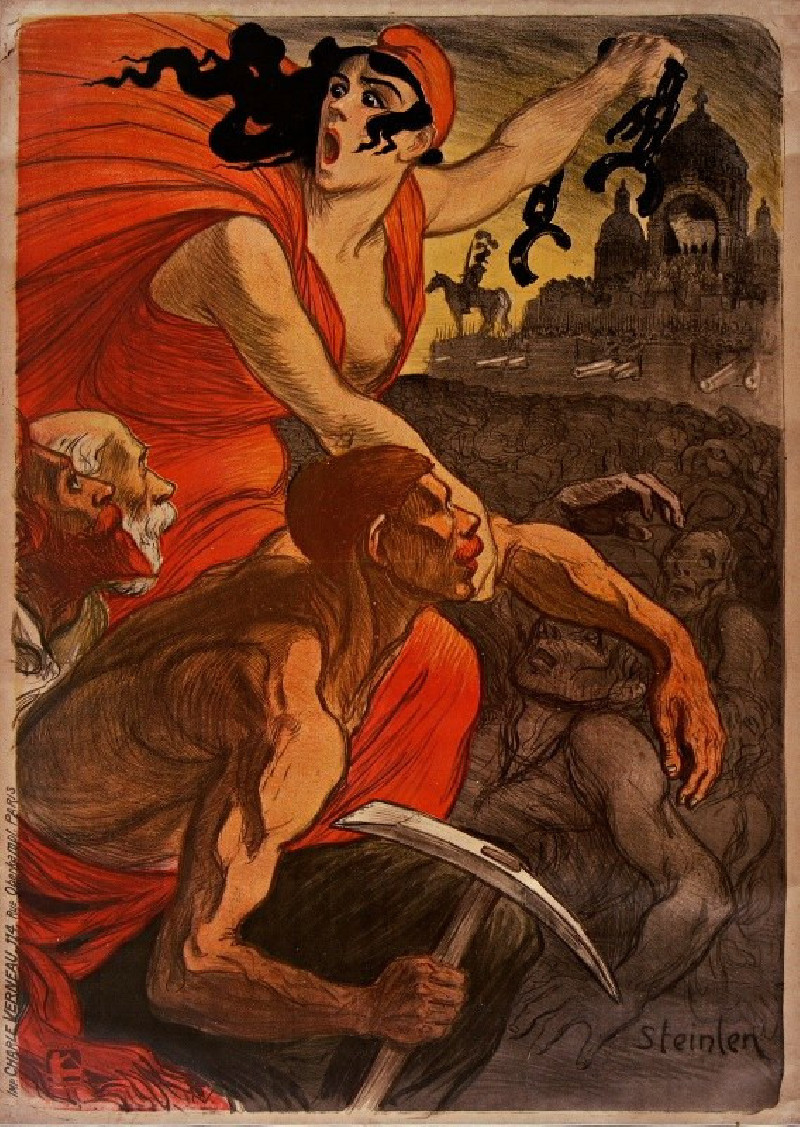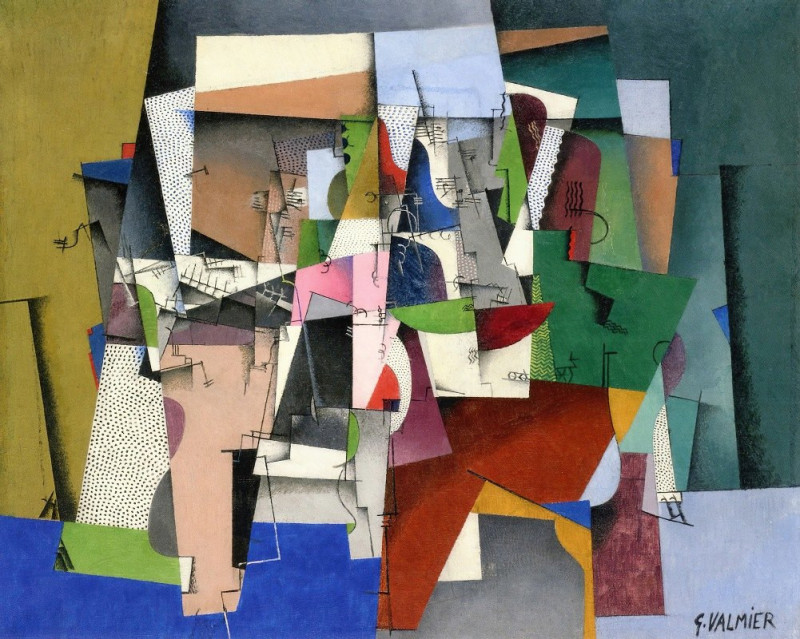Geboorte van Christus (1929)
Technique: Giclée quality print
Recommended by our customers
More about this artwork
In the evocative woodcut "Geboorte van Christus," crafted in 1929 by Lucien Pissarro, we witness a profound rendition of the nativity scene, a timeless subject in the realm of art, capturing the moment of Jesus Christ's birth. Pissarro's skilled use of contrast and detail brings this sacred event to life with both grace and a rustic charm that hints at his Impressionist and Neo-Impressionist roots, though expressed here in a more graphic medium.The black and white composition emphasizes the interplay of light and shadow, spotlighting the central figures of Mary and the newborn Christ. The halo around Mary's head and the radiant glow from the baby Jesus illuminate the otherwise dim setting, suggesting divinity and hope amidst a humble surrounding. The detailed portrayal of the manger is rustic and unadorned, featuring wooden beams and a lattice window that contrasts the dark interior with the suggestion of a cold night outside.Animals, presumed to be an ox and a donkey, flank the scene, further embedding the Christ's birth within the domain of the ordinary, yet hinting at the extraordinary through their calm demeanor and the peaceful composition. The use of stark black lines to sculpt each figure and element in the scene reflects Pissarro’s dedication to capturing not just the visual, but the emotional and spiritual resonance of this pivotal moment.Lucien Pissarro, in "Geboorte van Christus," not only revisits a central theme of Christian iconography but also embeds his personal touch through the medium of woodcut, demonstrating his versatility and depth as an artist.
Delivery
Returns
Lucien Pissarro was a landscape painter, printmaker, wood engraver and designer and printer of fine books. His landscape paintings employ techniques of Impressionism and Neo-Impressionism, but he also exhibited with Les XX. Apart from his landscapes he painted a few still lifes and family portraits. Until 1890 he worked in France, but thereafter was based in Britain.

